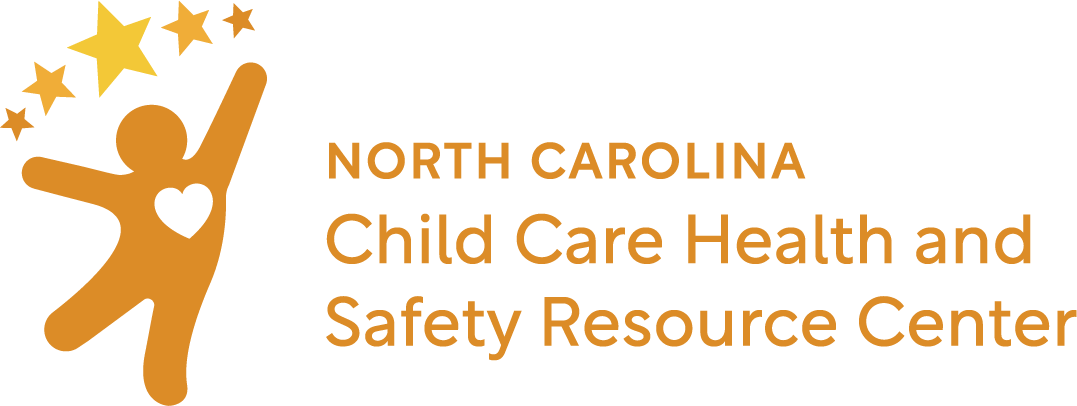Quick Reference
Bloodborne Pathogens Standard for Child Care
Emergency medication – Epinephrine auto-injectors in child care
Nursemaid’s Elbow
Children are surprisingly tough, but early educators know all too well that a child’s body can be just as fragile as it is strong. In this issue of “Be on the Safe Side,” from the NC Division of Child Development and Early Education, the topic is a relatively common injury experienced by young children–nursemaid’s elbow… Continue reading
One Wipe Per Swipe
Do you worry about the number of diapers and wipes children use in child care? It is a rule! A child’s diaper must be changed when wet or soiled. [1] It is best practice to change a diaper at least every 2 hours. [3] Only one disposable wipe can be used per swipe… Continue reading
Safe Products
Before bringing a new product, medication, or device, into a child care facility it is best practice to first determine if it is safe. Check the links below for safety information. Searching for recalls is one good way to determine if a product is unsafe… Continue reading
Serving Bottles to Infants
When feeding infants, it is not necessary to warm formula or human milk. Bottles can be served cold from the refrigerator. [1] However, the child or family may prefer that the bottles be warmed. If so, below are several safe ways to warm a bottle …. Continue reading
